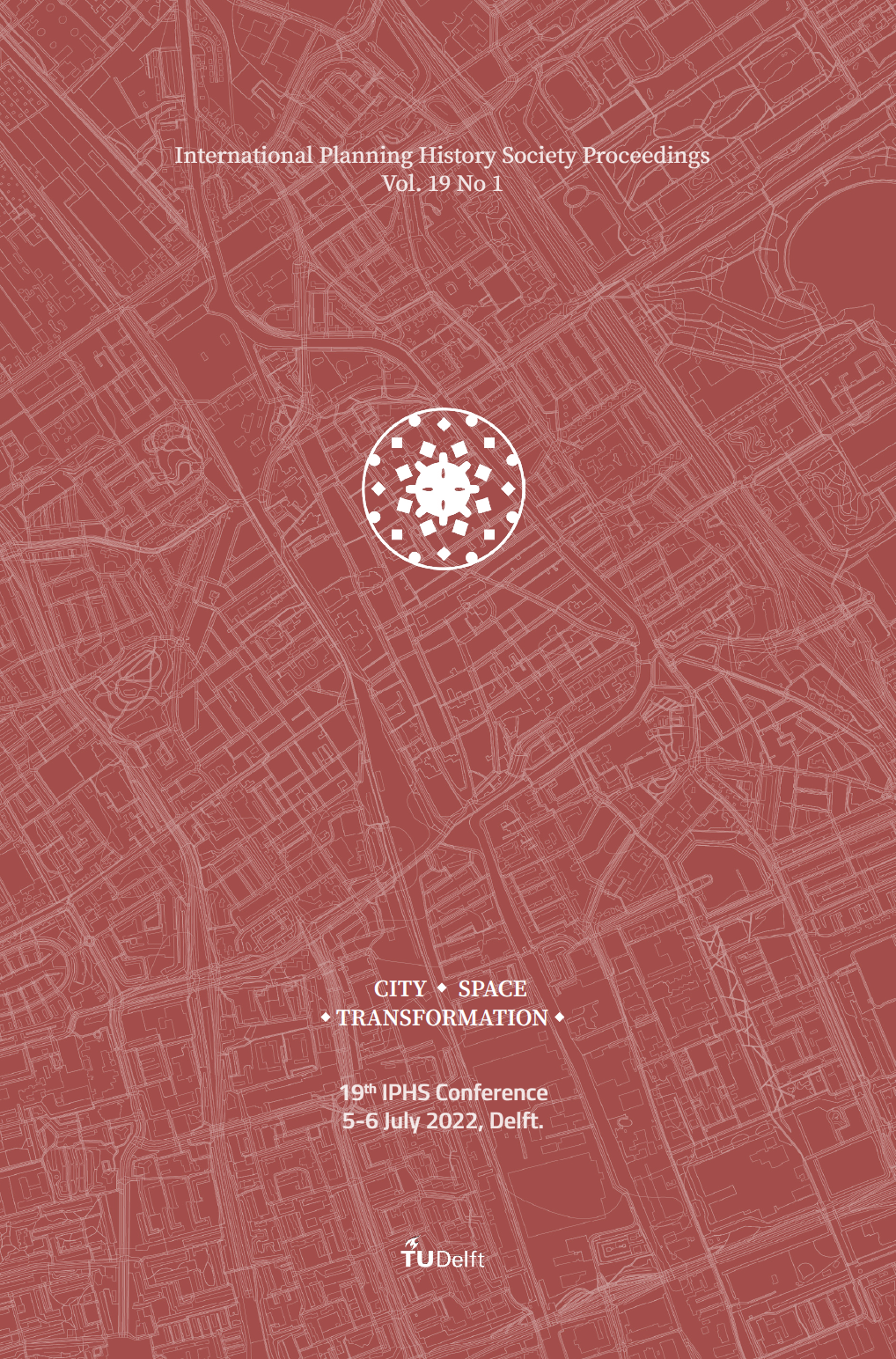Protecting the historical city
urban regeneration in Eastern Germany during the 1990s as a starting point for a sustainable urban development
DOI:
https://doi.org/10.7480/iphs.2022.1.6448Abstract
Since the 1970s, the existing historical building stock gained more value. Monument protection was gradually introduced in the urban planning process as were its methods and instruments. Approaches for an urban development based on the existing building stock were made in both former german countries, GDR (German Democratic Republic) and FGR (Federal Republic of Germany), even if the extent was different. Especially with the regeneration of the historical old towns in the GDR beginning in late 1989, early 1990, the preservation of urban architectural heritage formally became an integrated part of urban development strategies in united Germany. The adaption and development of instruments to protect and develop historical city centres is part of the research project ‘Stadtwende’. Surveys based on the results of qualitative expert interviews and archive research show that the ‘turn’ (Wende) in 1989 had an impact on the development of a planning practice that took the existing building stock into account. With regard to recent trends the paper shows the historical genesis of the preservation of urban heritage in urban planning and asks to what extend it could support a resource-saving urban development today.
Downloads
Published
How to Cite
Issue
Section
License
Copyright (c) 2022 Jana Breßler

This work is licensed under a Creative Commons Attribution 4.0 International License.

